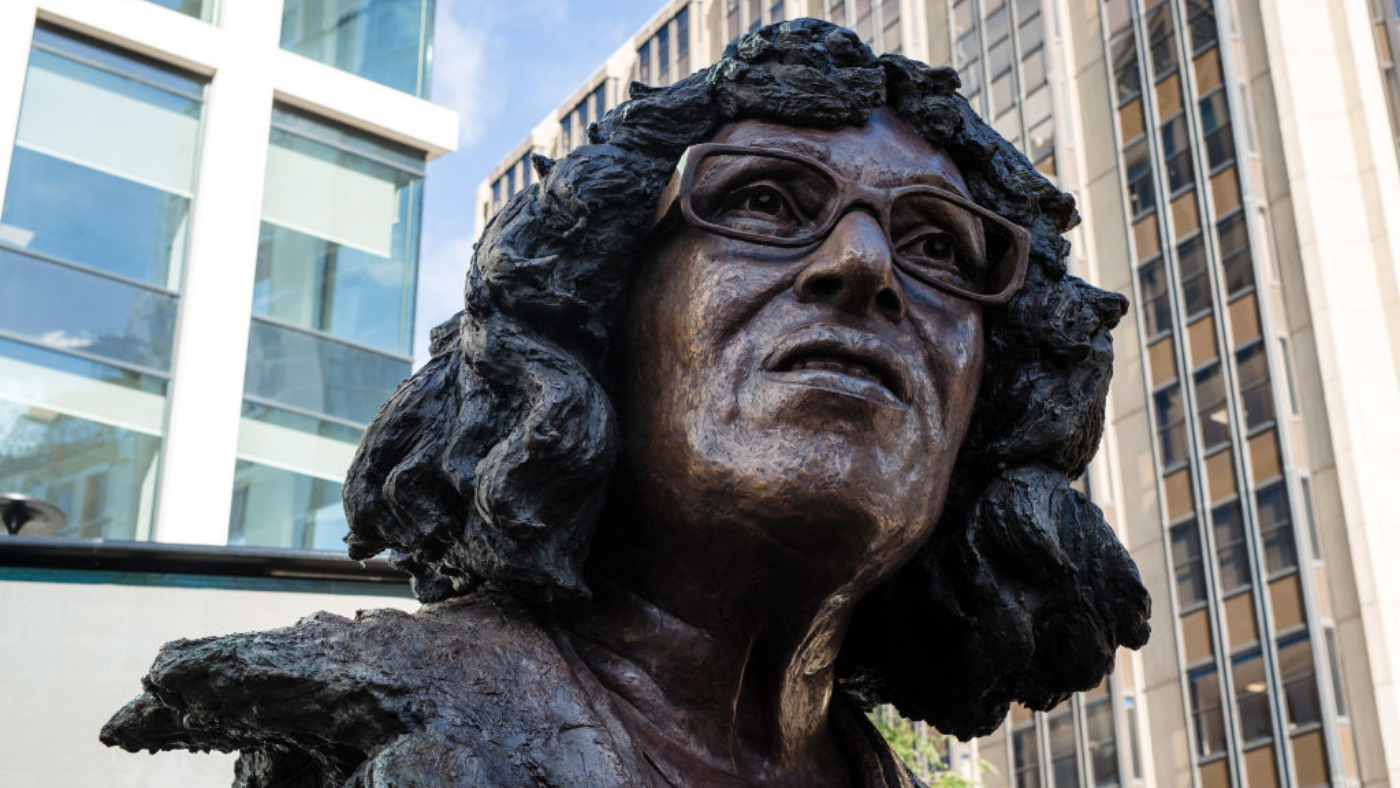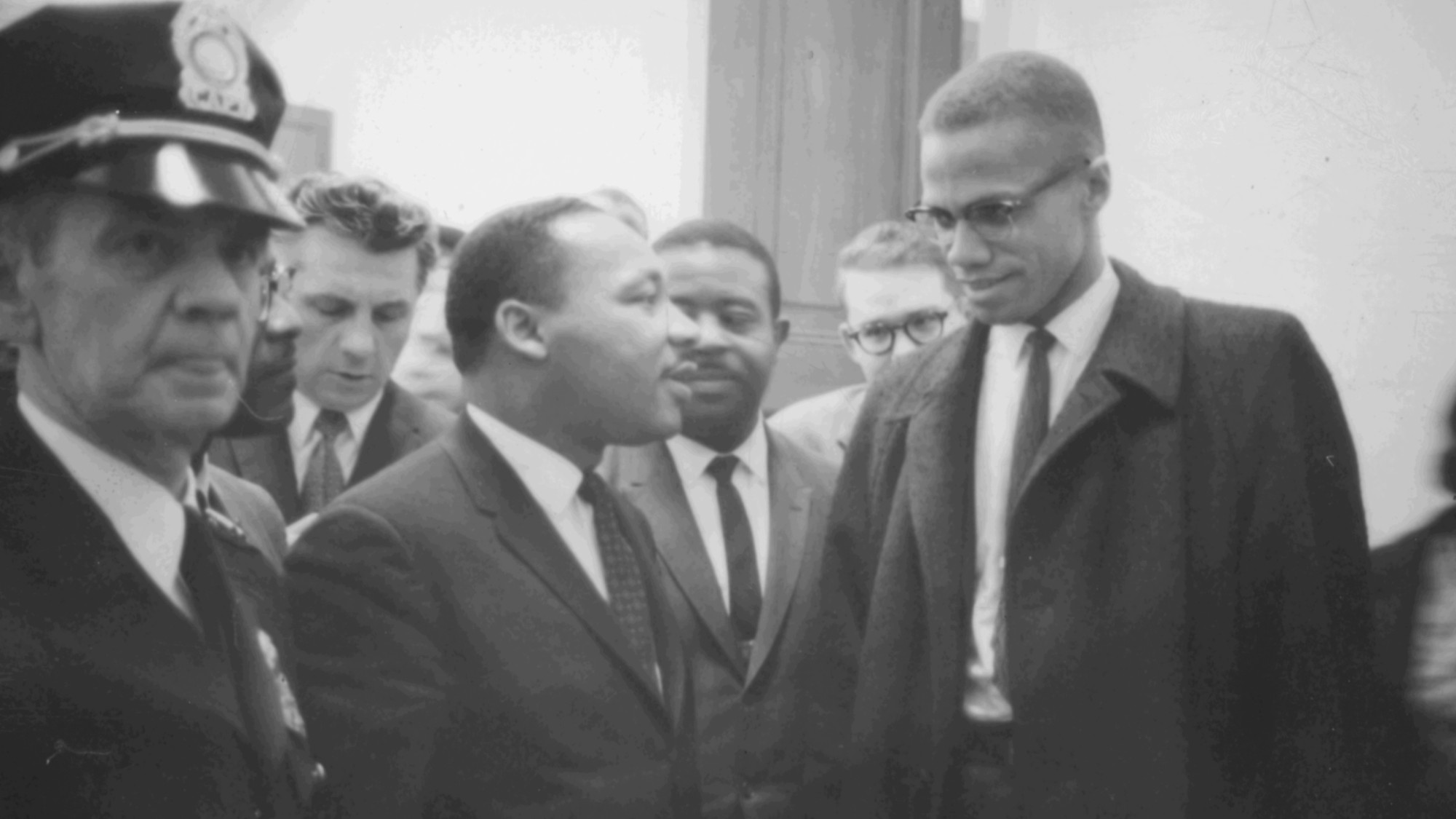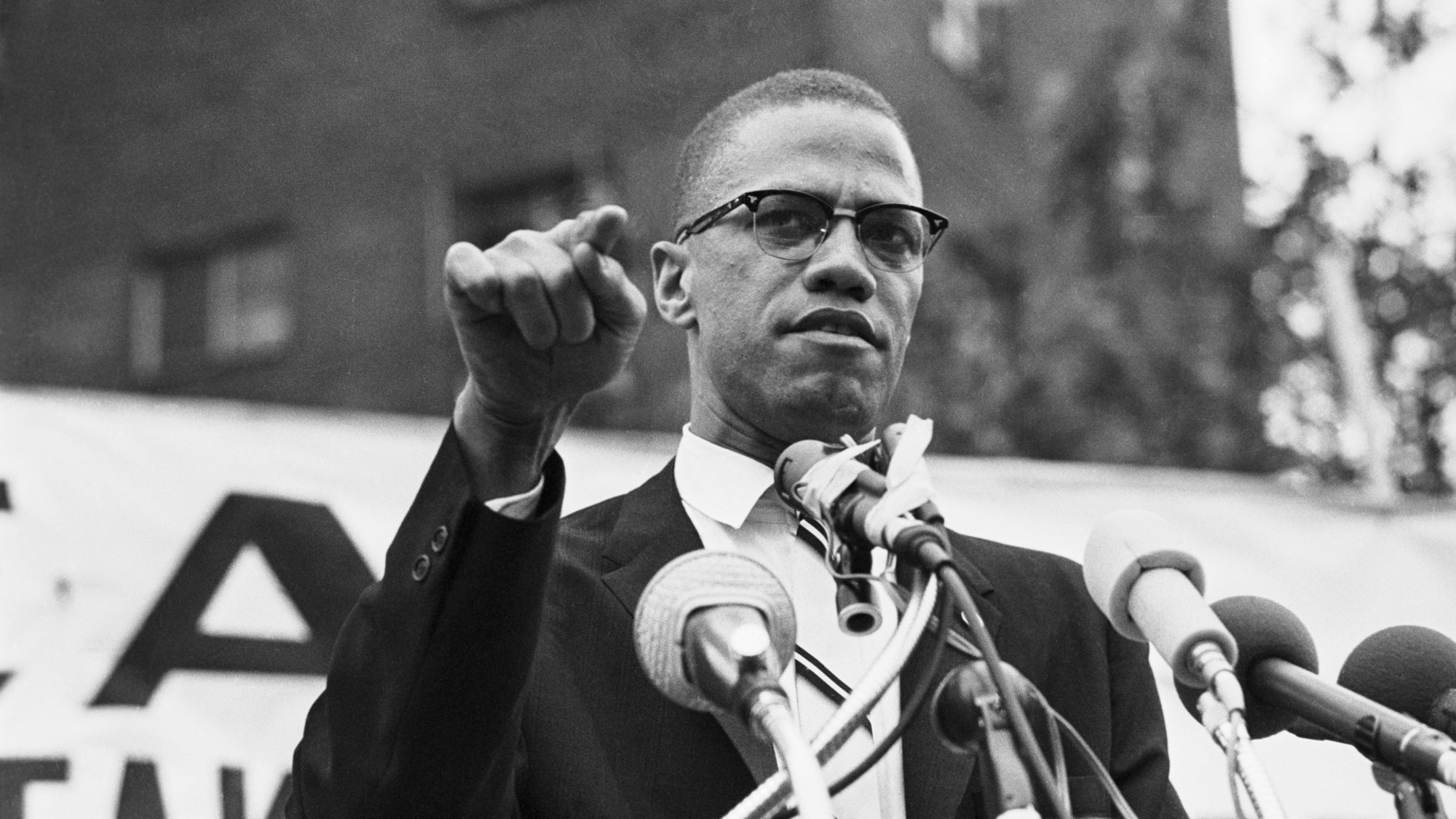How Black History Month began
Annual celebration dates back almost 100 years

People across the UK are celebrating black heritage and culture as Black History Month begins today.
This year’s events kicked off in Cardiff with the unveiling of a statue paying tribute to the first black head teacher in Welsh history, Betty Campbell MBE, who died in 2017 at the age of 82. The “popular” community figure and campaigner had been told by a teacher as a child that she would never achieve her ambition to become a head teacher because of the “insurmountable” challenges she would face as a black woman, Sky News reported.
But that discouraging verdict simply “spurred her on”, said the broadcaster, and Campbell not only became head of a Cardiff primary school, but also sat on the UK government’s race relations advisory board and introduced Black History Month to the school curriculum.
The Week
Escape your echo chamber. Get the facts behind the news, plus analysis from multiple perspectives.

Sign up for The Week's Free Newsletters
From our morning news briefing to a weekly Good News Newsletter, get the best of The Week delivered directly to your inbox.
From our morning news briefing to a weekly Good News Newsletter, get the best of The Week delivered directly to your inbox.
Teaching black pride
Events and exhibitions recognising the achievements of black people throughout history take place every year in October in the UK. In the US and Canada, Black History Month (BHM) is held in February.
This mismatch in when the celebrations take place on either side of the Atlantic “has always caught many people off guard”, said The Independent. The US began observing BHM before the UK, and February was chosen to coincide with the birthdays of abolitionists Frederick Douglass and Abraham Lincoln.
The first BHM in the UK took place in 1987 and was initiated by Ghanaian-born Akyaaba Addai-Sebo, a special projects officer at the Greater London Council, and later at the London Strategic Policy Unit. He told Black History Month magazine in 2017 that “we settled on the propitious month of October” because children were “fresh after the long summer vacation”, so they would be more engaged and share more “camaraderie”.
A free daily email with the biggest news stories of the day – and the best features from TheWeek.com
The event founders believed that young people would gain “self-pride” if “their living environments buzzed with positive vibes, instructions and images about themselves and their origins”, he added.
As the London Evening Standard noted, October is also traditionally “when African chiefs and leaders gather to settle their differences”, so “Akyaaba chose this month to reconnect with African roots” too.
Origins
“When Black History Month first started in the UK, there was a big focus on black American history,” said the BBC. But over time, the spotlight has shifted to black British history and key black figures from the UK.
BHM’s origins in the US date back to the early 20th century, when “historian Carter G. Woodson chafed at the world’s silence on black achievement”, said National Geographic.
Woodson was born in 1875 in Virginia, to parents who were former slaves. He “struggled to obtain an education” and “it took him until his 20s to attend high school”, the magazine continued. Yet he went on to earn a PhD in history at Harvard University and “refused to turn a blind eye to black excellence”.
In 1915, as the nation celebrated the 50th anniversary of emancipation, Woodson founded the Association for the Study of Negro Life and History, now known as the Association for the Study of African American Life and History (ASALH). He also created the first academic journal about black history.
The pioneering historian began observing what was then known as “Negro History Week” each year in February from 1926. In the ensuing decade, Woodson and his colleagues built up an “ambitious agenda” of events, and provided schools with “photos, lesson plans and posters” as part of a push to improve race relations, said The New York Times (NYT).
“Educators put on pageants acting out critical moments in black history, black newspapers published history-related articles, and local businesses sponsored and participated in the festivities,” added National Geographic.
The annual week of celebration continued to gain momentum after Woodson’s death, in 1950.
Then president Gerald Ford issued an official message in 1975 saying that it was “most appropriate that Americans set aside a week to recognise the important contribution made to our nation’s life and culture by our black citizens”. The following year, the ASALH officially extended the week to an entire month.
The annual celebration would become a key event in the US calendar. “Every president since Ronald Reagan has issued a Black History Month proclamation,” the NYT reported.
The first BHM took place in the UK after campaigner Addai-Sebo decided to take action to tackle “the identity crisis that black children faced” in 1980s Britain, he told Black History Month magazine.
“A crisis of identity faced us squarely despite the Race Awareness campaigns of the Greater London Council (GLC) and the Inner London Education Authority (ILEA),” he continued.
So with support from the two organisation, Addai-Sebo “conceived an annual celebration of the contributions of Africa, Africans and people of African descent to world civilisation from antiquity to the present”.
After “the sowing of Black History Month in the communities, educational, public and private institutions in the UK”, he “pulled back” from his leading role in organising the celebrations. But, Addai-Sebo added, he “encouraged others to take on the mantle and run with it”.
-
 How to financially prepare for divorce
How to financially prepare for divorceThe Explainer Facing ‘irreconcilable differences’ does not have to be financially devastating
-
 Why it’s important to shop around for a mortgage and what to look for
Why it’s important to shop around for a mortgage and what to look forThe Explainer You can save big by comparing different mortgage offers
-
 4 ways to save on rising health care costs
4 ways to save on rising health care costsThe Explainer Health care expenses are part of an overall increase in the cost of living for Americans
-
 Malcolm X vs Martin Luther King: rivalry that supercharged the Civil Rights movement
Malcolm X vs Martin Luther King: rivalry that supercharged the Civil Rights movementIn Depth The two Civil Rights leaders had radically opposing but important approaches to the fight for equality, rights and justice for Black Americans
-
 The assassination of Malcolm X
The assassination of Malcolm XThe Explainer The civil rights leader gave furious clarity to black anger in the 1960s, but like several of his contemporaries met with a violent end